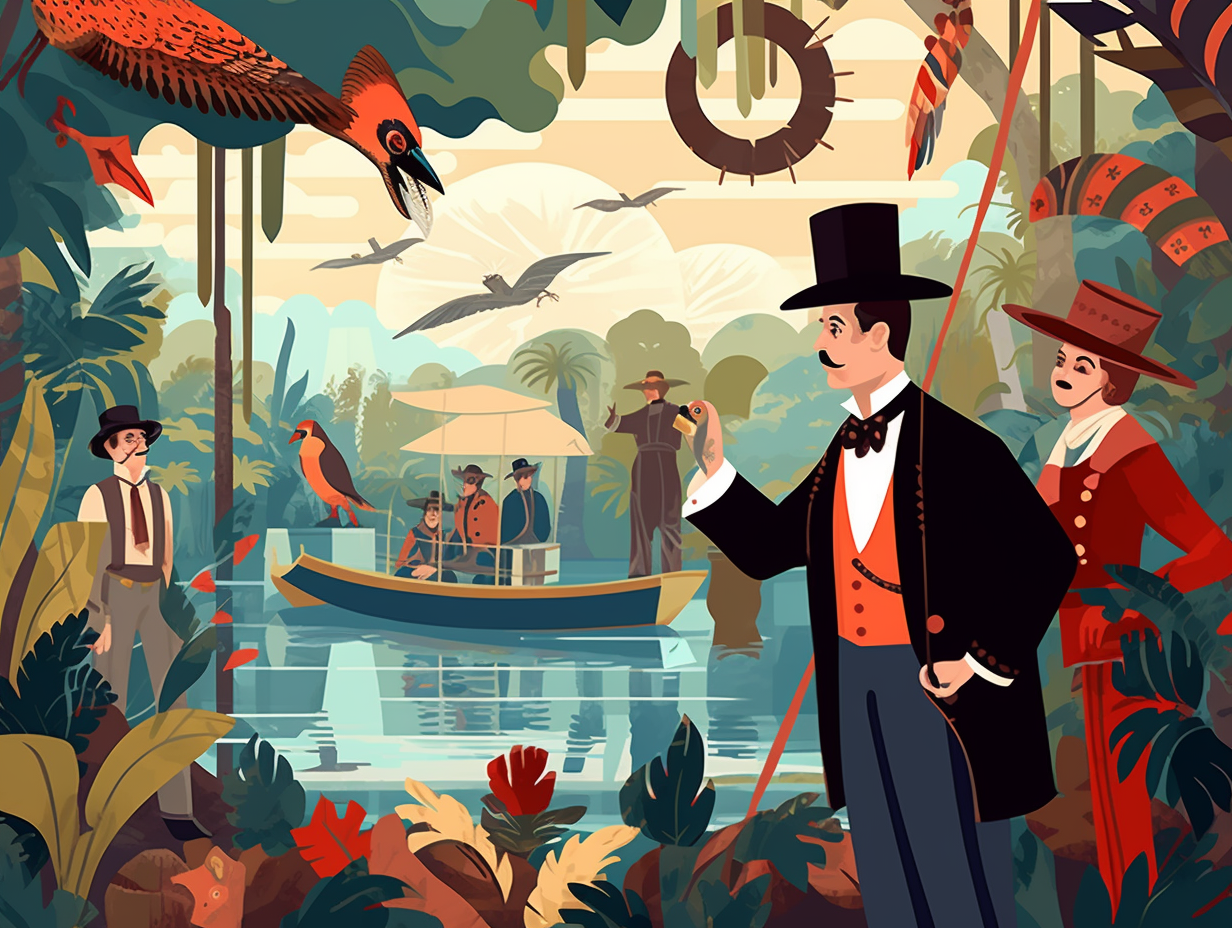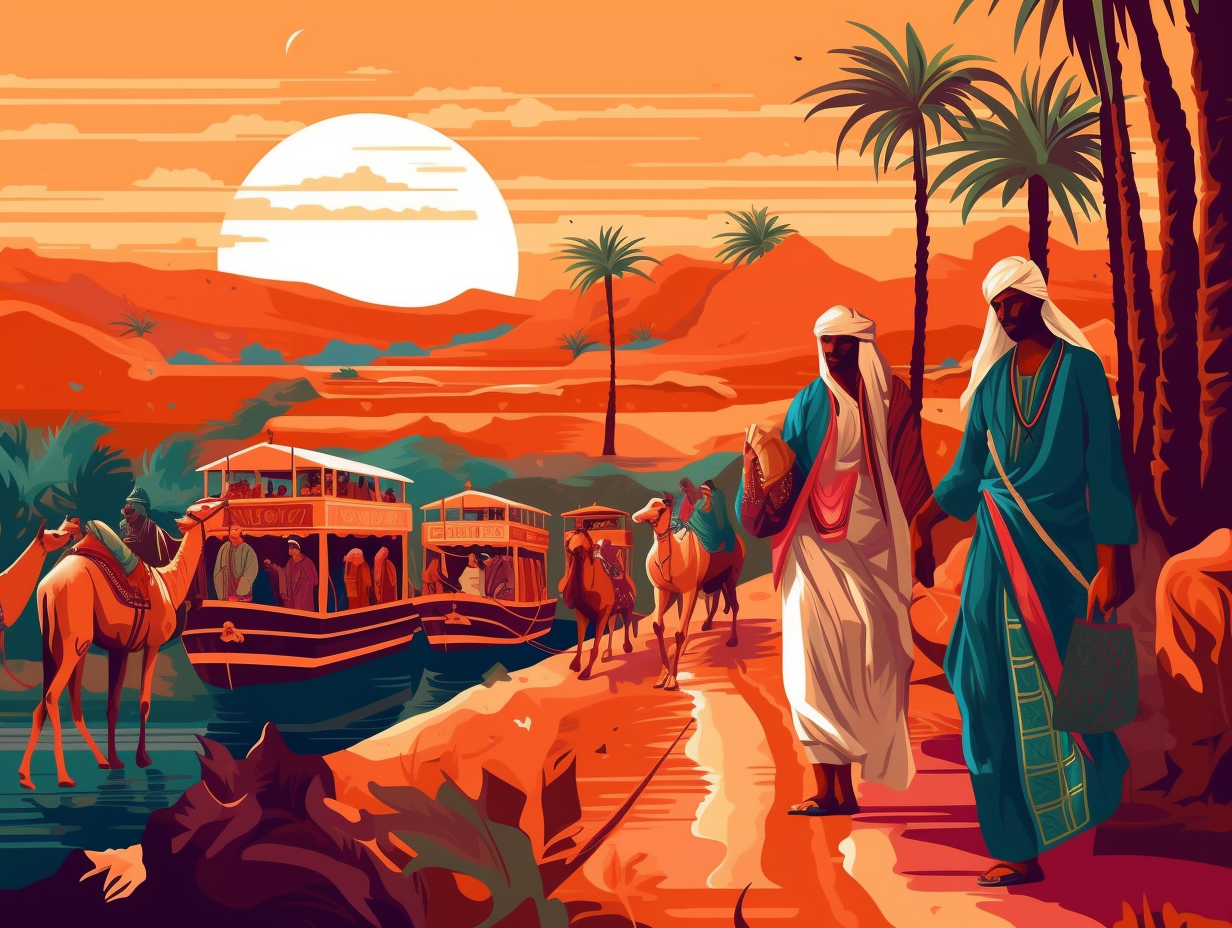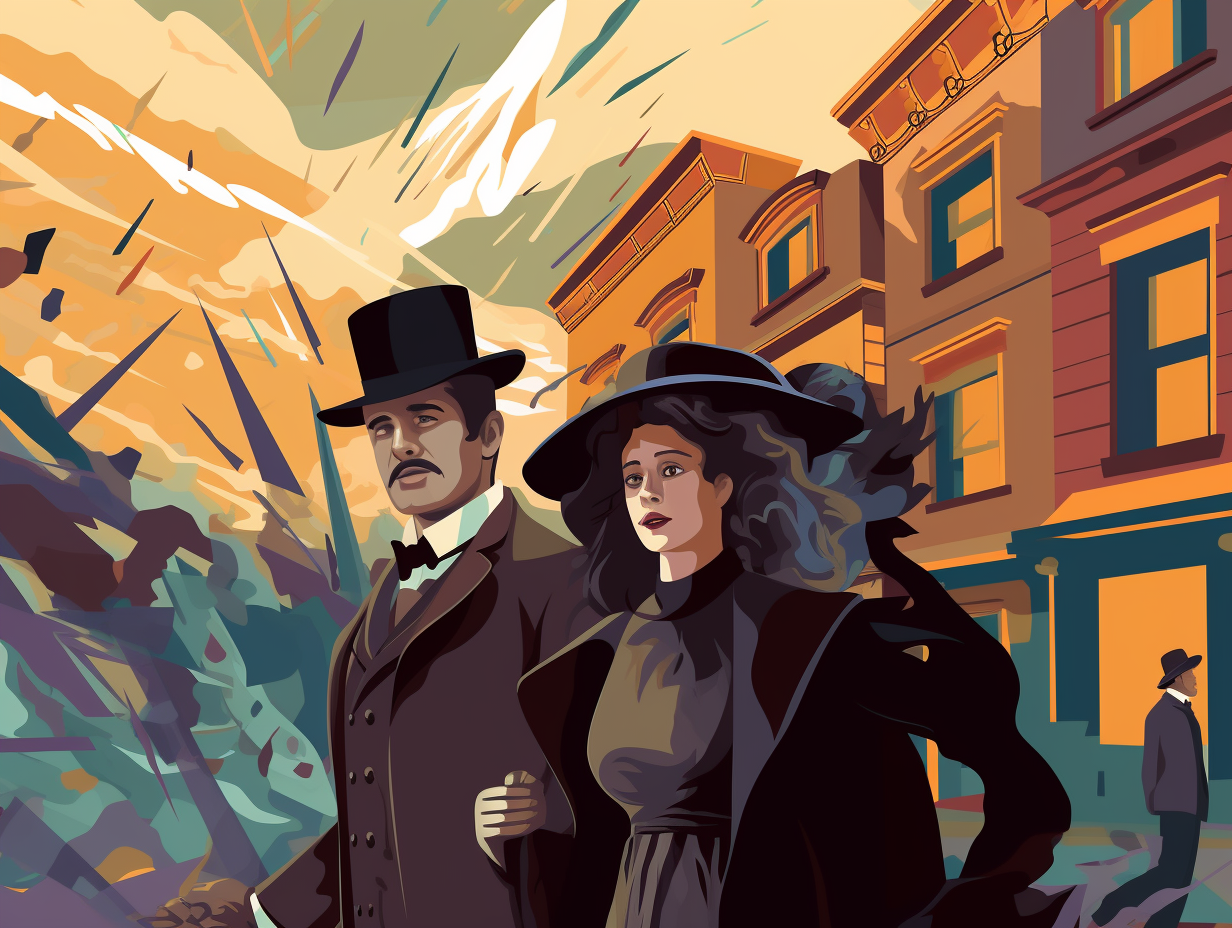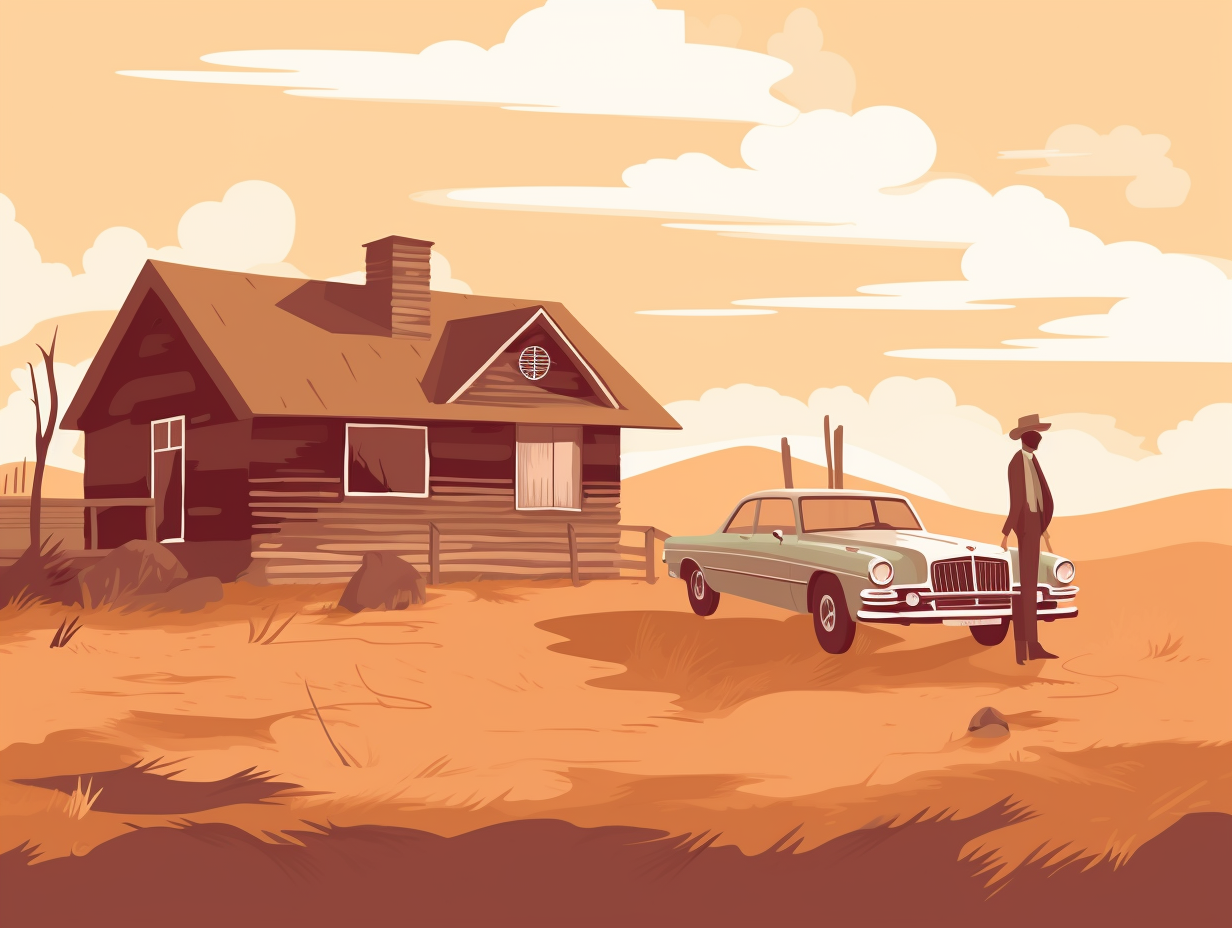Striking Gold: 12 Fascinating and Entertaining Facts About the Gold Rush Era
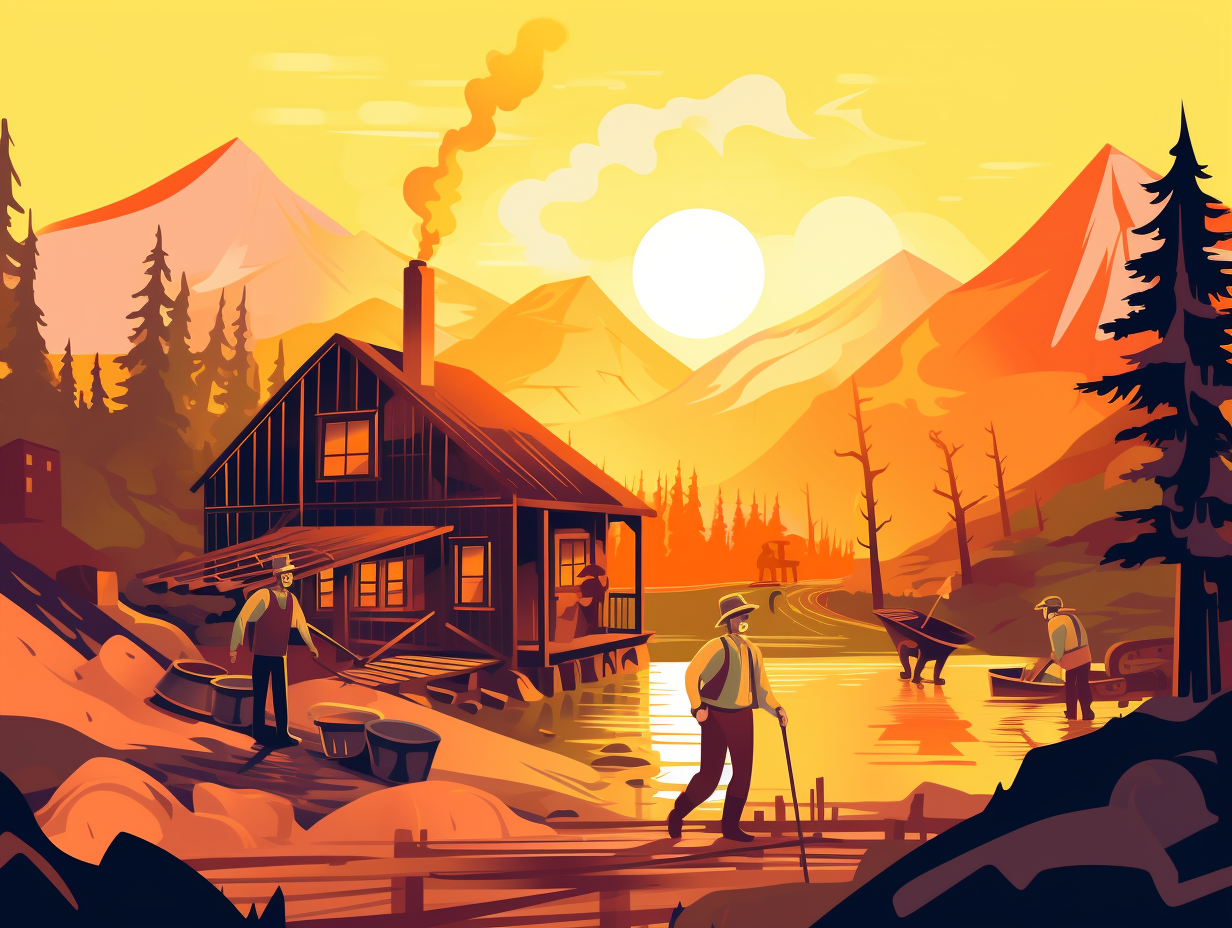
1. San Francisco's Million-Dollar Tents
If you thought housing prices in modern-day Silicon Valley were outrageous, you'd be absolutely gobsmacked by San Francisco's rent prices during the Gold Rush era: A modest fifteen by twenty-five foot tent at the El Dorado gambling emporium would have set you back a whopping $40,000 a year, which is equivalent to $1.15 million in 2016 dollars!
Source => sfgate.com
2. Ten Percent Struck Gold and Stayed
Eureka! Someone yelled "There's gold in them thar hills!" and everyone collectively lost their minds in 1848: The Gold Rush, sparked by the sudden discovery of gold at Sutter's Mill, led to one of the greatest mass-migrations in history, drawing folks from all corners of the globe to California in hopes of striking it rich—however, only a measly ten percent decided to stay back and inadvertently kickstart California's massive commercial, agricultural, and industrial boom.
Source => parks.ca.gov

Did you know that pioneers on the Oregon Trail had their own version of waterproof watches – in the form of wagons? Discover the unique design of "prairie schooners" that kept supplies safe and dry during river crossings! 🚚💦✨
=> Fun Facts about The-Oregon-Trail
3. San Francisco's Overnight Population Boom
Talk about hitting a housing jackpot: During the Gold Rush, San Francisco's population boomed to over 25,000 almost overnight, leading to a massive scramble for shelter with tents, hotels, stores, and shanties sprouting like mushrooms all over the city.
Source => nps.gov
4. Yosemite's Golden Crown Mine Adventure
Who needs Disneyland when you can visit a real-life Frontierland and get a taste of silver-fueled excitement: The Golden Crown Mine, established in 1879 during the Tioga silver boom, is now a historic site in Yosemite National Park, showcasing squared logs from whitebark pines and serving as the best-preserved mining site within the park, connecting it to local, regional, and national economies.
Source => nps.gov

5. The Legendary Gold "Slug" Coin
In a true case of "time is money," a former watch-case maker struck gold by crafting colossal coins during the California Gold Rush: Augustus Humbert minted the legendary "Slug," containing over 2.5 ounces of gold each, with the rarest variety being the $90,000 United States Assay $50 Octagonal Slug in grades AU58 or better.
Source => finestknown.com
6. Pony Express: Gold Rush Delivery Service
Before the age of FedEx, Amazon Prime, and instant messaging, the Wild West had its own speedy delivery system in place, catering to gold fever patients and their insatiable thirst for news and updates from back home: Enter the Pony Express, which was established in 1860 after its predecessor, the Leavenworth & Pike's Peak Express Company, came galloping to the rescue in response to a growing necessity for faster mail service from the Oregon Trail and the 1847 Mormon exodus to Utah. Contrary to popular belief, the Pony Express wasn't born solely out of the gold rush madness.
Source => nps.gov
7. Stylish Miner's "Poke Sacks"
Back in the gold ol' days when miners didn't dig this digital crypto-craze, you'd find them rocking stylish accessories with a serious golden touch: during the Gold Rush, miners carried their prized nuggets in leather pouches or metal containers called "poke sacks," which were secured to their belts or worn around their necks for safekeeping.
Source => goldrushgroup.weebly.com
8. The Real "Gold Diggers" of 1849
The original "Gold Diggers" weren't your typical reality TV stars; these visionaries were the real MVPs in the business game: During the California Gold Rush, savvy entrepreneurs like Thomas Larkin and Faxon Dean Atherton struck it rich by capitalizing on essential goods and services for new settlers, turning a golden opportunity into a whole lot more than just shiny rocks.
Source => flexport.com
9. Chinese Immigrants: Kung Pao to Gold Nuggets
In a "golden" stroke of fortune, many Chinese immigrants exchanged their kung pao for California nuggets in the 19th century gold rush: However, this lustrous opportunity dimmed when post-gold rush federal laws excluded them from various jobs, driving many towards low-paying, backbreaking labor like railroad construction and farming.
Source => hickmanmills.org
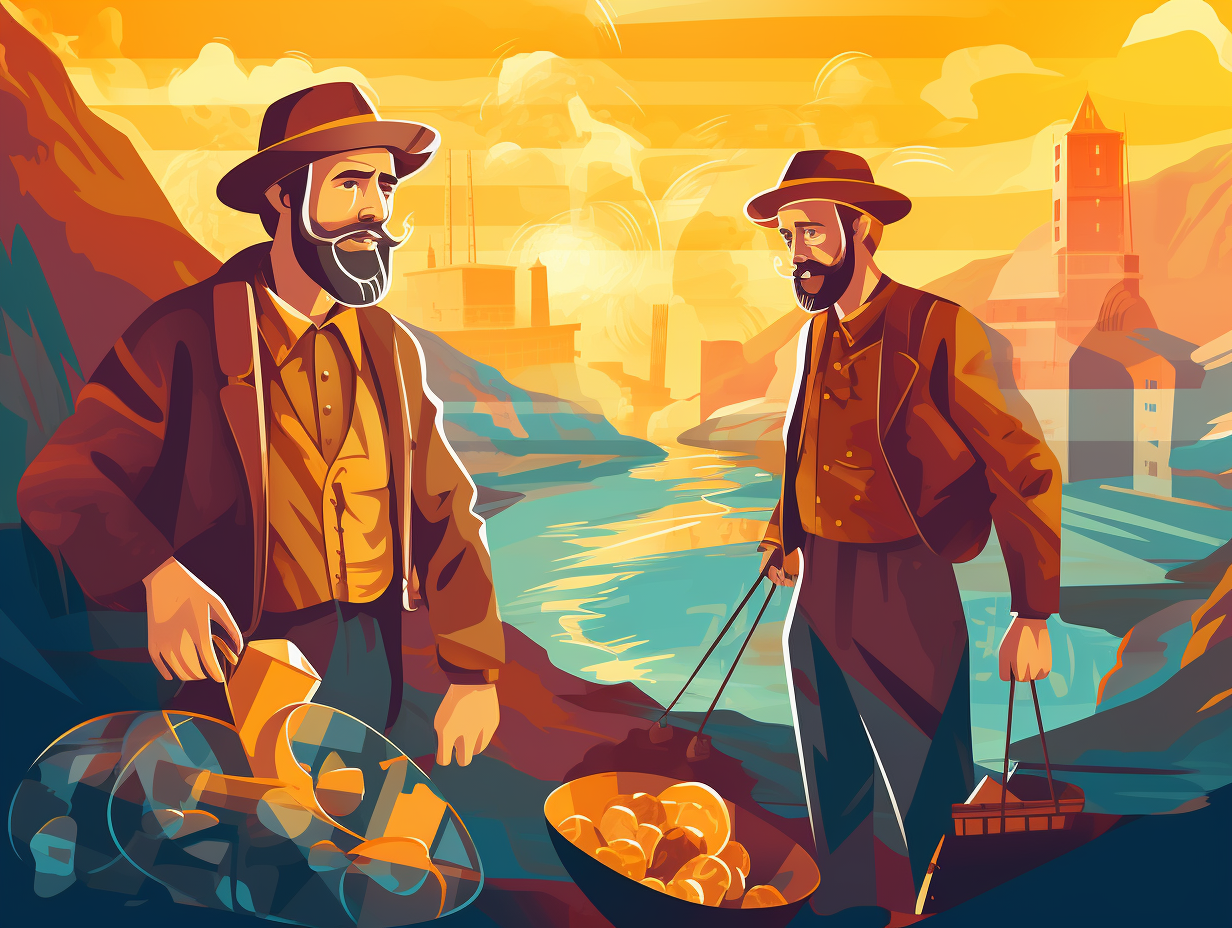
10. Fandango Weekends and Flooded Theaters
In a soggy setting fit for a Shakespearean comedy, California Gold Rush miners enjoyed weekend escapades filled with feisty fandango dances and drama-infused theaters: Live theater performances emerged as a premier form of entertainment, including the first English-language play encased within the flooded floorboards of Sacramento's Eagle Theatre, while Sundays offered a tantalizing mix of public auctions, bullfights, and circuses.
Source => pbs.org
11. Comstock Lode: The Next Viral Hit
In a time when "going viral" meant discovering the motherlode of miner dreams, the Comstock Lode had folks clamoring, "Eureka! That's rich!": This massive deposit of gold and silver in Virginia City, Nevada, not only raked in millions of dollars but also accelerated the leaps in mining technology such as the ingenious Sutro Tunnel—a game-changing drainage system for an industry worth its weight in precious metals.
Source => legendsofamerica.com
12. Gold Rush's Inflation and Environmental Havoc
During the Gold Rush, Mother Nature faced a serious case of "gold digger blues": rivers clogged up with sediment, forests got an unflattering haircut, and biodiversity tossed its hands up in exasperation all because of the fervent mining process. As a result, an abundance of gold in circulation led to skyrocketing commodity prices and inflation that would've made Scrooge McDuck dive for cover.
Source => online.norwich.edu
Related Fun Facts

